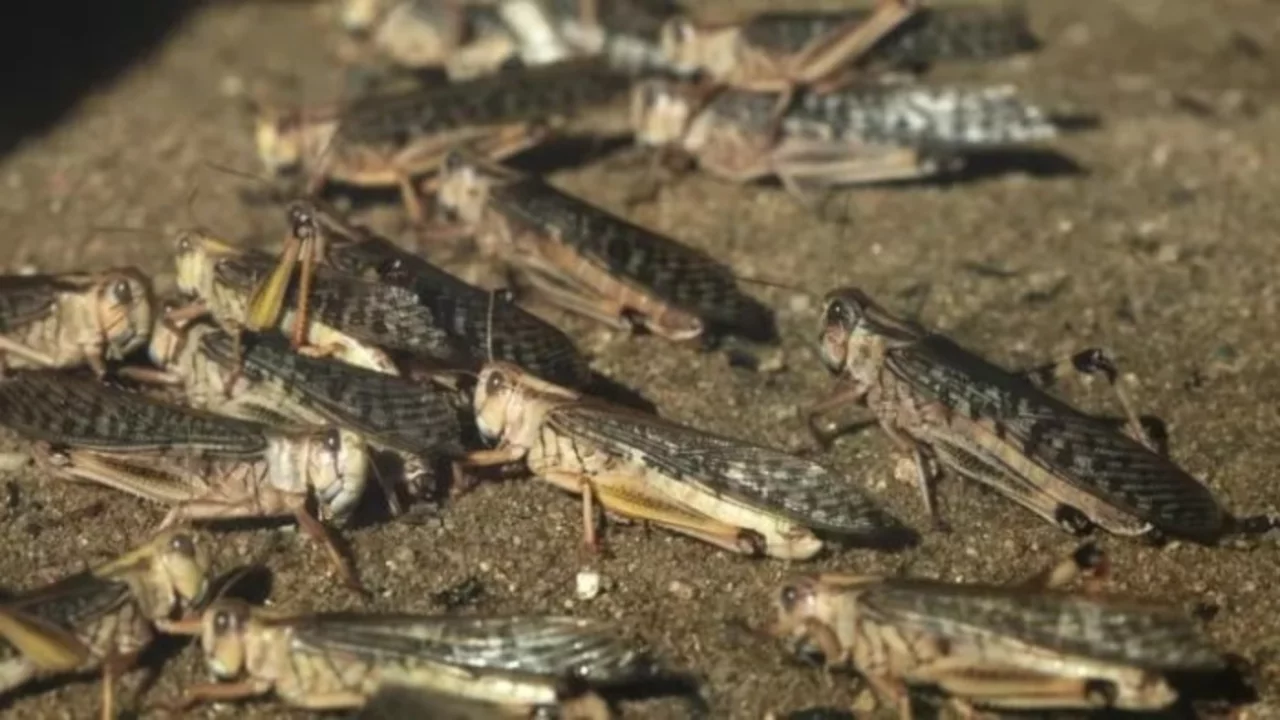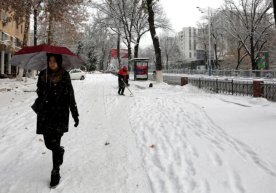
Reliable source reports: Locust uprising is starting in Uzbekistan
Amid currency crises, internal economic problems and global climate changes, a new threat is emerging for the agrarian sector – a warning about the locust (!) movement has surfaced.
According to the Plant Quarantine and Protection Agency, as of June 19, locusts have become active across more than 500,000 hectares, posing a real danger to agricultural areas.
Monitoring and identified indicators
According to results from the agency’s “locust and mulberry moth control service,” a total of 875,087 hectares were monitored. Locust activity was detected on 515,830 hectares — a significant portion of Uzbekistan’s farmland, especially in the Republic of Karakalpakstan, and the regions of Khorezm, Bukhara, Navoi, Syrdarya, and Tashkent.
It is worth noting that control measures were conducted on 507,181 hectares — chemical agents were applied to rapidly reduce locust populations. A strong emphasis has been placed on strategies against the saxaul hump locust.
Which regions are protected?
In Karakalpakstan, Khorezm, Bukhara, Navoi, Syrdarya, and Tashkent, hydrochemical control is actively underway.
In contrast, in Kashkadarya, Surkhandarya, Samarkand, Jizzakh, Andijan, Namangan, and Fergana regions, major hotbeds have been largely eradicated.
24/7 operations — constant readiness
The agency's special "locust and mulberry moth control service" is operating 24/7. Chemical spraying is conducted early morning and evening, while daytime is reserved for monitoring. This consistent effort is critical for safeguarding harvests.
Is decontamination itself harmless?
Hot, dry conditions encourage locust proliferation. They may spread to areas near the capital by August-September. The agency is already exploring new strategies, including biophotoindicator systems, biocide rotation, and innovative pest control methods.
Efficiency and ecological harmony
Experts believe chemical treatment is highly efficient and prevents excessive pesticide use. It is safe for beneficial organisms and minimizes harm to soil and water. But if misused, it could disrupt ecological balance and damage farmer livelihoods.
Agricultural consequences
If left uncontrolled, cotton, wheat, and grains may be lost. Yield drops would shrink farmer income and raise food prices — risking social stability and pressuring the healthcare system. That’s why urgent agency measures are now reinforced by presidential decree.
Conclusion
The activation of locusts across over 500,000 hectares is a warning for a nation caught between ecological and economic danger. Agro services, pesticide safety, and monitoring systems are being upgraded to global standards. Unity among farmers and consistent strategy are key in this fight. Read “Zamin” on Telegram!
Ctrl
Enter
Found a mistake?
Select the phrase and press Ctrl+Enter Related news
Information
Users of Меҳмон are not allowed to comment this publication.
Users of Меҳмон are not allowed to comment this publication.













